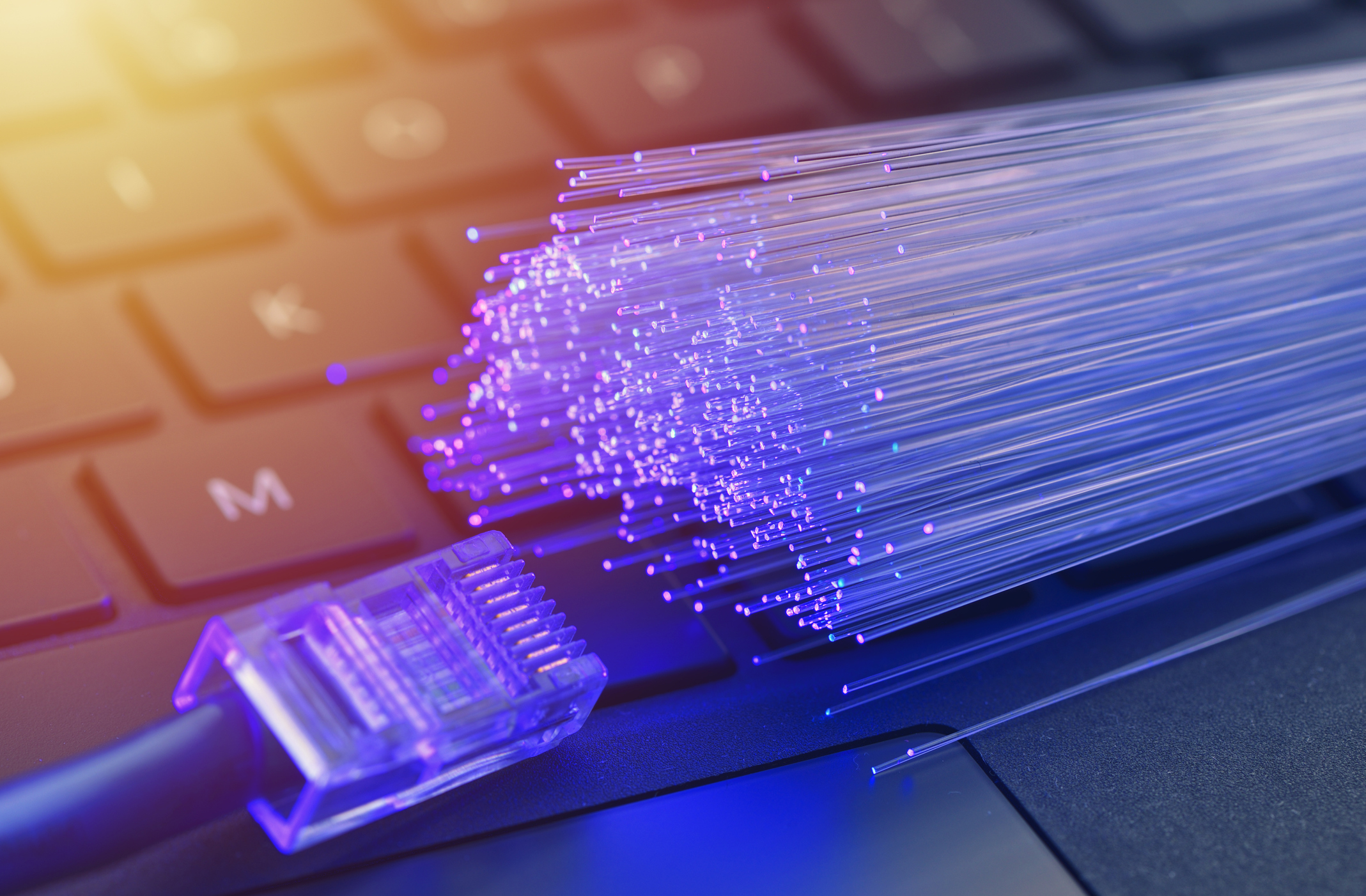It is crazy to think that here in the year 2023 we’re still talking about the effects of the COVID pandemic, but some impacts could be everlasting. Namely, COVID forced us to engage differently and leverage new and emerging technologies.
Just think about the way we attend school and get to work were forced to evolve so rapidly. And while schools have been back in-person for some time now and businesses are working to reintegrate their employees back to in-office life, those lifestyle changes continue to remain prevalent. Virtual classes and conferences still occur. Video conferencing platforms are still as popular as ever. And many consumers have gotten pretty comfortable working out of the home office.
Layer on top of that those of us who have gamers at home — myself included. Online gaming has exploded in popularity over the years, and it shows no signs of stopping.
Needless to say, our home networks have been tested. Historically, we always wanted and craved faster internet download speeds. Now, with so much demand on these networks, faster speeds and wider bandwidth has become a necessity.
And when it comes to optimizing our home networks, fiber internet is far and away the best option — cable internet and DSL achieve roughly half the upload speed of fiber, at best. And the opportunity to grow the current fiber network consumer base is massive, to say the least.
Consider these fiber facts from the Fiber Broadband Association:
- Less than half of U.S. households have access to fiber internet, approximately 43 percent or 60.5 million homes
- Of the homes with the ability to access fiber internet, approximately 24.3 million (40 percent) are actually connected to the network
- There are over 100 million homes without access to fiber services
- The number of devices connected to the internet is expected to triple over the next five years
Simply put, some homes feel they can’t afford it, and some just simply don’t have access. But all of that should change in the near future.
In 2021, congressed passed a relief package called the American Rescue Plan that provided $1.9 trillion in economic stimulus. Broadband received over $235 billion dollars! These funds are intended to fund to infrastructure build-out for affordable high-speed internet and connectivity for homes and businesses.
So, what does all of this mean for the independent retail community? There’s a lot to consider both as a provider servicing your customers and on the business side.
Some things to consider:
- Interested in earning commissions? Look into the internet category (specifically fiber solutions) and look for ways to help raise awareness and spread the use of fiber internet within your local community. There is a lot of service-provider funding in the form of commissions.
- If fiber is available at your residence (or business) review the plans, they are often comparable to your current service pricing or even less expensive. In addition, might have exclusive offers.
- Review the Emergency Broadband Benefit program to see if you qualify for government funding for your internet service.
- If fiber is not available at your residence or place of business, reach out to your local fiber internet provider. Sometimes the squeaky wheel gets the grease.
The march is on to get broadband service to every home and business with support from the government. The growth in the fiber internet category will continue for years to come. Don’t miss your opportunity to ride that wave.




